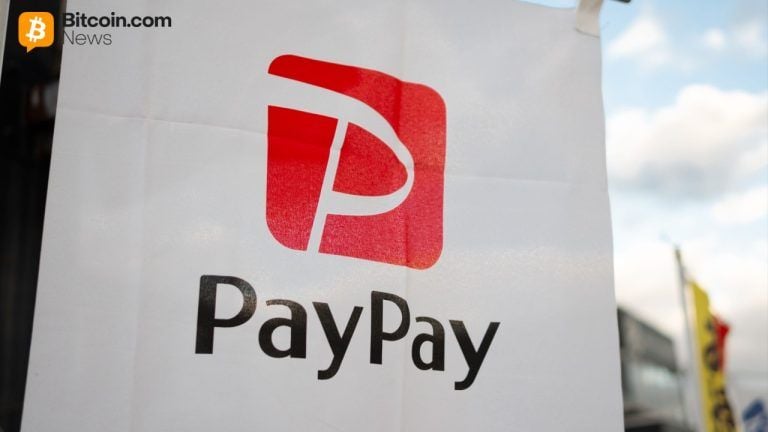Latest budget deal targets more pandemic aid cuts, SLFRF spared
2 min read

A deal on overall fiscal 2024 federal spending hammered out by Congressional leaders would claw back another $6.1 billion of pandemic funds, most of which appear to be from the Department of Health and Human Services.
With a partial government shutdown looming, House Speaker Mike Johnson, R-La., and Senate Majority Leader Chuck Schumer, D-N.Y., agreed to a topline spending level of $1.659 trillion, and caps that adhere to a debt ceiling deal reached in 2023 to avoid a default on the nation’s debt. That includes $773 billion for non-defense discretionary spending and $886 billion for defense.
The agreement includes $6.1 billion of fresh cuts “from the Biden administration’s continued COVID-era slush funds, which we achieved despite fierce opposition from the White House,” Johnson said in a letter sent Sunday to House Republicans.
That’s on top of the roughly $27 billion of unspent pandemic funds cut in the debt ceiling deal, the
Another $10 billion of cuts would come from accelerating $20 billion in already agreed-upon Internal Revenue Service enforcement cuts.
National Association of Counties
Which funds exactly would be targeted in the latest round remains unclear, although the prominent $350 billion State and Local Fiscal Recovery Funds (SLFRF), the key account for pandemic relief for cities, counties and states, appears safe, as in last year’s deal.
Federal COVID-related spending under six laws passed in 2020 and 2022 totaled $4.6 trillion.
Johnson’s latest targets appear to be unspent funds mostly from the Department of Health and Human Services, according to issuer lobbyists.
“It’s still a little up in the air because there’s no actual bill text yet,” said Eryn Hurley, the government affairs director of the National Association of Counties.
“So far it appears to mainly be unused and recovered HHS funds that are not related to vaccines or treatment development,” she said. “It’s our understanding it doesn’t include unspent housing aid,” she added.
Democrats are opposed to cutting climate-related provisions that were part of the
The agreement paves the way for work to begin in earnest on fiscal 2024 appropriations ahead of a Jan. 19 deadline for several spending bills. That includes Housing and Urban Development and Transportation appropriations, where the two chambers remain far apart: the House THUD bill totals roughly $90 billion and the Senate version $98.6 billion. The figures do not include advance appropriations under the 2021 Infrastructure Investment and Jobs Act.
The rest of government funding expires on Feb. 2.
President Joe Biden Sunday endorsed the deal, saying it “moves us one step closer to preventing a needless government shutdown and protecting important national priorities,” and “provides a path to passing full-year funding bills that deliver for the American people and are free of any extreme policies.”





